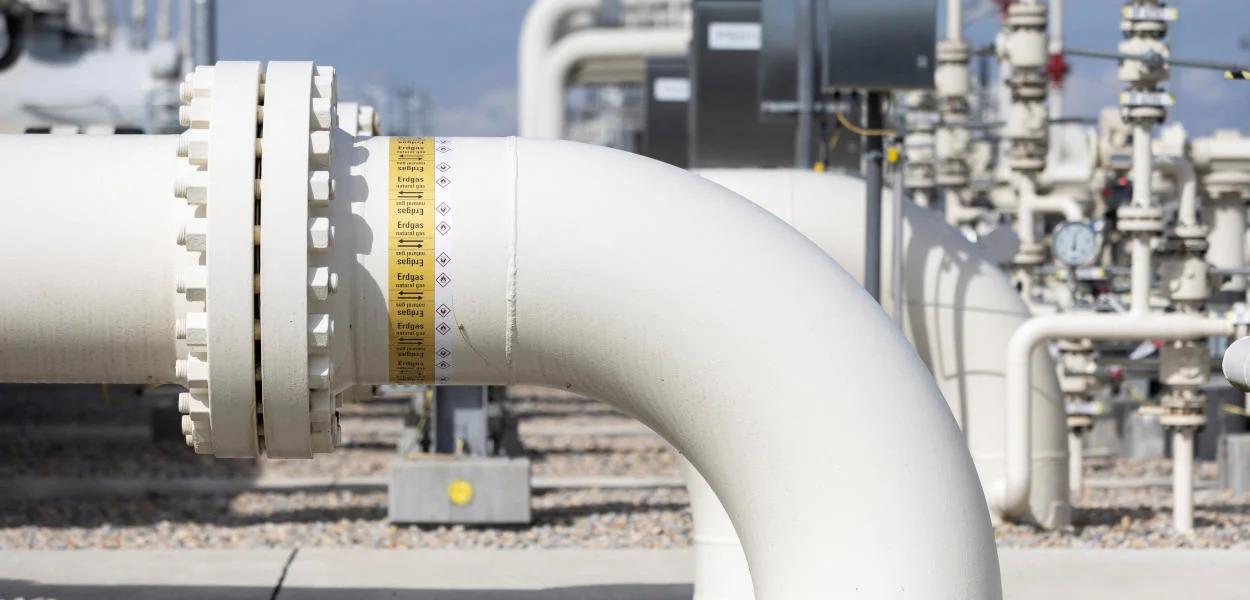The institution is currently raising funds to bring electricity to two other schools in Rio Santiago.
home light
The organization Acciona Peru, which promotes access to energy and water, has also created the Luz en Casa Amazonía project. In 2021, she sponsored the construction of a solar power plant in the community of Copal Urco, of the indigenous Quechua people, also in the Loreto region. With an installed power of 33.5 kilowatts (KW), it supplies electricity to 60 homes, community facilities and public lighting. The houses have electricity for six hours a day, three hours more than before. The schools, health center and community center are lit 24 hours a day and street lighting lasts for three hours.
The project also aims to avoid the emission of more than 50 tonnes of CO2 per year. For this, it has an electricity storage system with a 110 kilowatt-hour (KWh) lithium battery. Diesel, the most common fuel in generators, is used only in emergencies, in case of failure of the photovoltaic system.
“Our economic model is that of a social micro-enterprise”, explains Jessica Olivares, manager of Acciona Peru, when Chinese dialogue. She adds that sustainable economy and well-being are important to the project. “We charge affordable fees for the service we provide.”
According to the calculations of the project, the inhabitants of Copal Urco spent between 5 and 7 US dollars per month on energy, buying diesel, candles and paraffin. Now your quarterly expenses are $2.50.
These residences are provided by the Luz en Casa center, managed by a local entrepreneur trained by Acciona. He is responsible for both repairing and managing panels, as well as selling electrical devices and generating codes to unlock systems.
The installation offers flexibility to families, allowing them to purchase in advance the amount of energy that will be consumed in a given period. “When it is about to run out, the user receives an SMS warning, sent by the prepaid software, connected to the meter at home,” explains Olivares.
Fresh fish
The Pastaza River, which crosses the northwest of the Peruvian Amazon, is rich in fish, long exploited by indigenous communities in the province of Datem del Marañón.
These communities fish both for food and for a living. In order to preserve their catch for at least a month, most use large amounts of salt. This practice is useful for local consumption, but not for trade, which requires other quality standards.
It is in this context that Profonanpe, Peru’s largest private environmental fund, has launched a project improve the economic and environmental resilience of the Datem del Marañón wetlands. Since 2019, the fund has been promoting the improvement of the commercialization model of communities using clean technologies.

“Prone to fits of apathy. Beer evangelist. Incurable coffeeaholic. Internet expert.”







